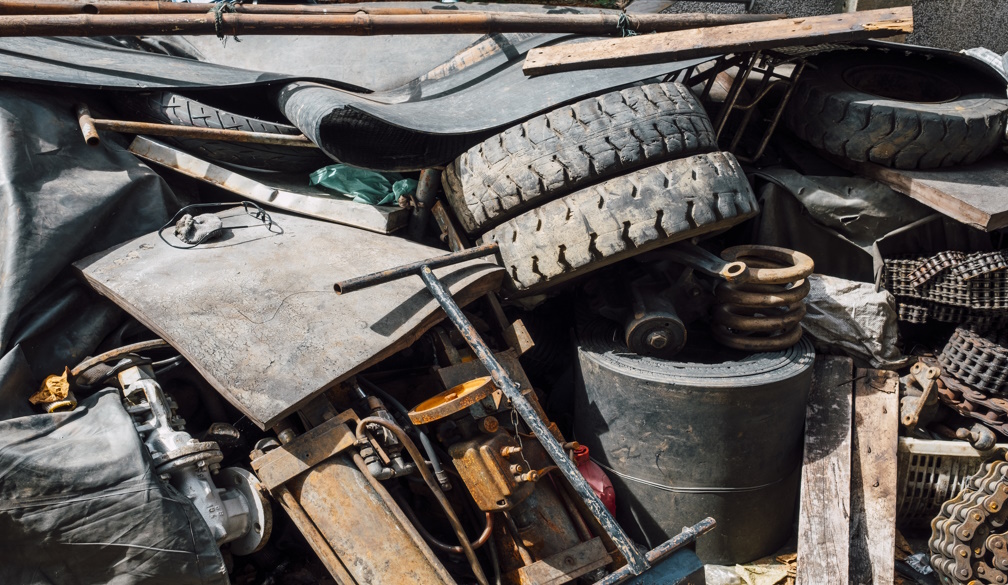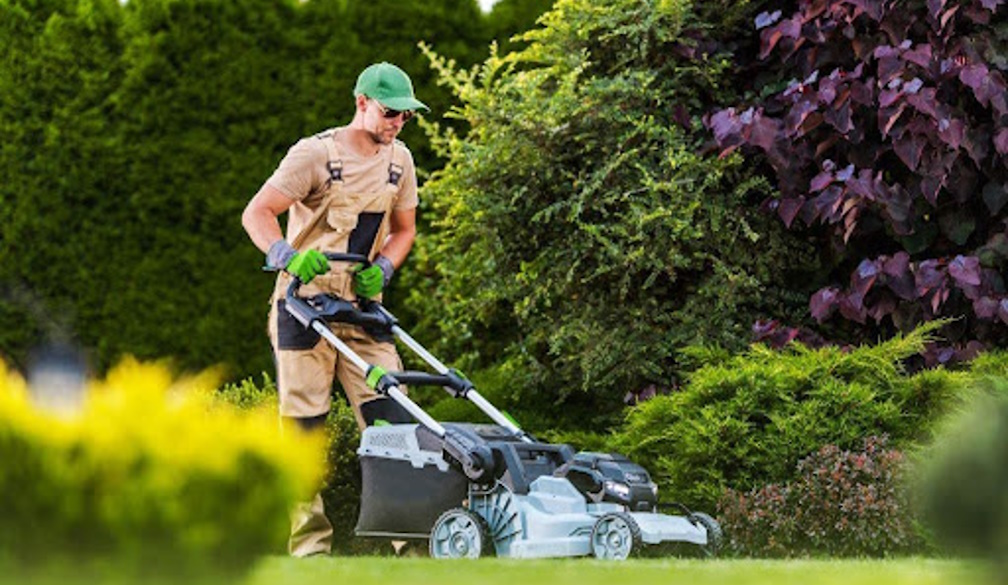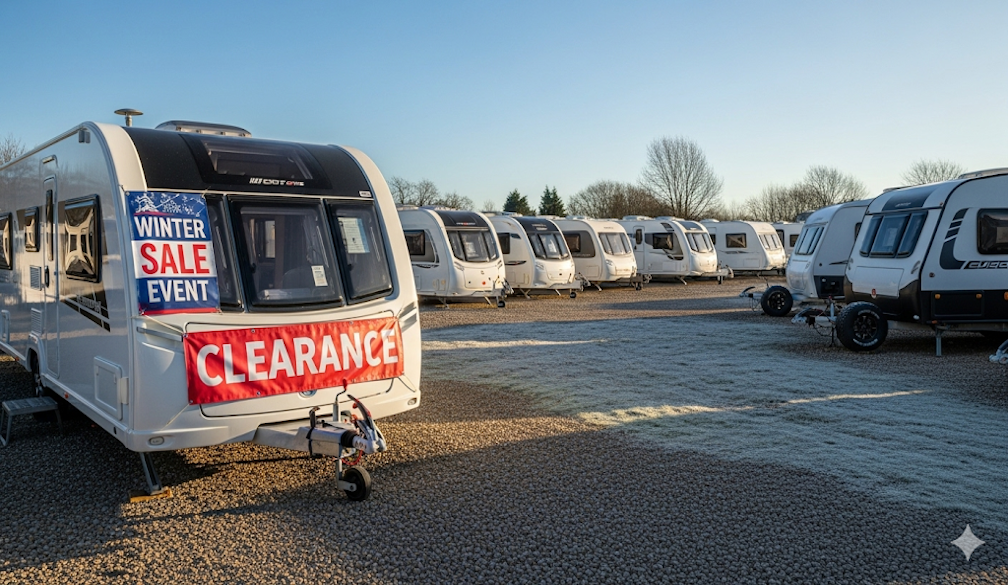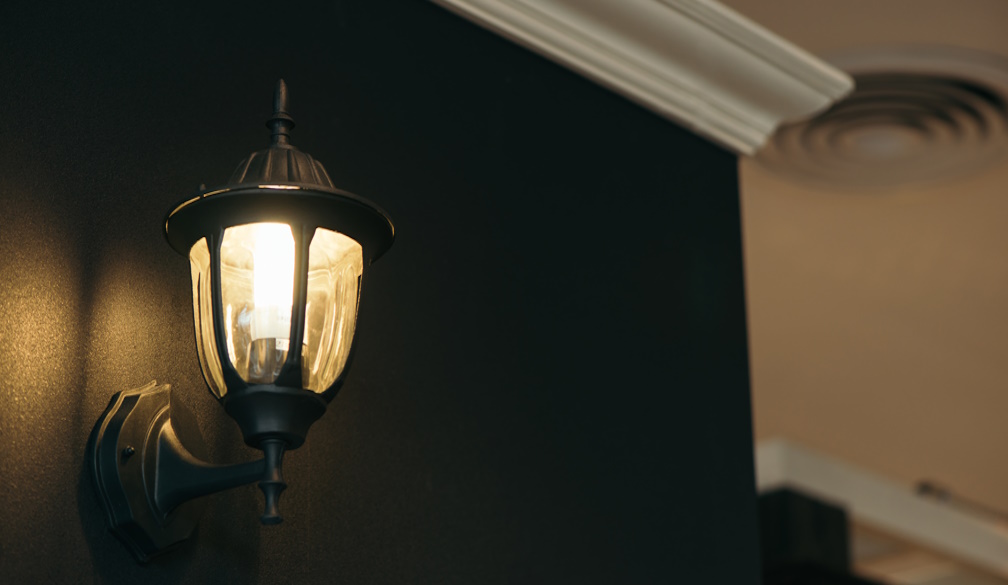The government's electricity shortlist rightly features pumped hydro (and wrongly includes coal)
- Written by Mark Diesendorf, Honorary Associate Professor, UNSW
The federal government this week released a shortlist of 12 project proposals for “delivering reliable and affordable power” to be considered for subsidy under its Underwriting New Generation Investments program.
The shortlist features six renewable electricity pumped hydro projects, five gas projects, and one coal upgrade project, supplemented by A$10 million for a two-year feasibility study for electricity generation in Queensland, possibly including a new coal-fired power station.
The study is unnecessary, because the GenCost 2018 study by CSIRO and the Australian Energy Market Operator already provides recent cost data for new power generation in Australia. It shows that new wind and solar farms can provide the lowest-cost electricity, even when two to six hours’ worth of storage is added.
Hence there is no economic case for new coal-fired power in Australia. After a century of coal, it should not be subsidised any longer.
Read more: It's clear why coal struggles for finance – and the government can't change that
State of the states
While Queensland and Victoria have state government policies to drive the rapid growth of large-scale solar and wind, New South Wales does not even have a renewable electricity target. Yet the retirement of large, old coal-fired stations is in the pipeline: Liddell, nominally 1,680 megawatts, in 2022 and Vales Point, nominally 1,320MW, possibly in the late 2020s.
Coal baron Trevor St Baker bought Vales Point from the NSW government for the token sum of A$1 million in 2015. He wants to refurbish it and run it until 2049 – and his plan has made it onto the government’s shortlist.
Given that Vales Point is now arguably a A$730 million asset, St Baker has made a huge windfall profit at the expense of NSW taxpayers, and so a government subsidy to upgrade it would be unjust.
With the price of solar and wind electricity still falling, it will soon be cheaper to replace old operating coal stations that have paid off their capital costs with new renewable electricity, including storage.
Unfortunately, the newly elected NSW Liberal-National Coalition government has no policies of substance to fill the gap left by retiring coal stations with large-scale renewable electricity. It will therefore be up to the federal government after the May election to provide reverse auctions with contracts-for-difference, matching the policies of the ACT, Victorian and Queensland governments. Also, increased funding to ARENA and the Clean Energy Finance Corporation is needed for dispatchable renewables (those that can supply power on demand) and other forms of storage.
Driving the change
The transition to renewable electricity is already well under way, as even the federal energy minister Angus Taylor admits. The low costs of solar and wind power are driving the change. To maintain reliability, dispatchable renewables (as opposed to variable sources such as solar and wind) and other forms of storage are needed in the technology mix.
Batteries excel at responding rapidly to changes in supply and demand, on timescales of tens of milliseconds to a few hours. But they would be very expensive for covering periods of several days, even at half their current price. So there is a temporary role for open-cycle gas turbines (OCGTs) to meet demand peaks of a few hours, and to fill lows of several days in wind and/or solar supply.
Small-scale pumped hydro, in which excess local renewable electricity does the pumping, has huge potential for storage over periods of several days, but takes longer to plan and build, and has higher capital cost per megawatt, compared with OCGTs.
Small-scale pumped hydro should be the top priority for the federal program. In particular, the off-river proposal by SIMEC Zen Energy, which is part of Sanjeev Gupta’s GFG Alliance, will use a depleted iron ore pit and provide cheap, reliable, low-emission electricity for both GFG’s steelworks at Whyalla and other industrial and commercial users.
Read more: Five gifs that explain how pumped hydro actually works
Hydro Tasmania’s proposed “Battery of the Nation” would involve building a new interconnector across the Bass Strait, together with possibly three new pumped hydro plants. It’s very expensive and is already receiving A$57 million in federal funding. Its inclusion in the shortlist is worrying because it could soak up all the program’s unspecified funding for pumped hydro.
Furthermore, the need to greatly increase Tasmania’s wind capacity to deal with droughts appears to be an optional extra, rather than an essential part of the project.
Little information is available for the other shortlisted pumped hydro projects. UPC Renewables is proposing a huge solar farm, together with pumped hydro, in the New England region of NSW. In South Australia, Sunset Power (trading as Delta Electricity, chaired by Trevor St Baker), in association with the Altura Group, is proposing an off-river pumped hydro project near Port Augusta, and Rise Renewables is proposing the Baroota pumped hydro project. BE Power Solutions, which does not have a website, is proposing pumped hydro on the Cressbrook Reservoir at Crows Nest, Queensland.
Pumping for Snowy 2.0 (which is not part of the program) will be done mostly by coal power for many years, until renewables dominate supply in NSW and Victoria. Therefore, I give low priority to this huge and expensive scheme.
Read more: Snowy hydro scheme will be left high and dry unless we look after the mountains
To sum up, new coal power stations and major upgrades to existing ones are both unnecessary. They are more expensive than wind and solar, even when short-term storage is added – not to mention very polluting.
A few open-cycle gas turbines may be acceptable for temporary peak supply during the transition to 100% renewable electricity. But the priority should be building pumped hydro to back up wind and solar farms. This will keep the grid reliable and stable as we do away with the old and welcome the new.
Authors: Mark Diesendorf, Honorary Associate Professor, UNSW



















